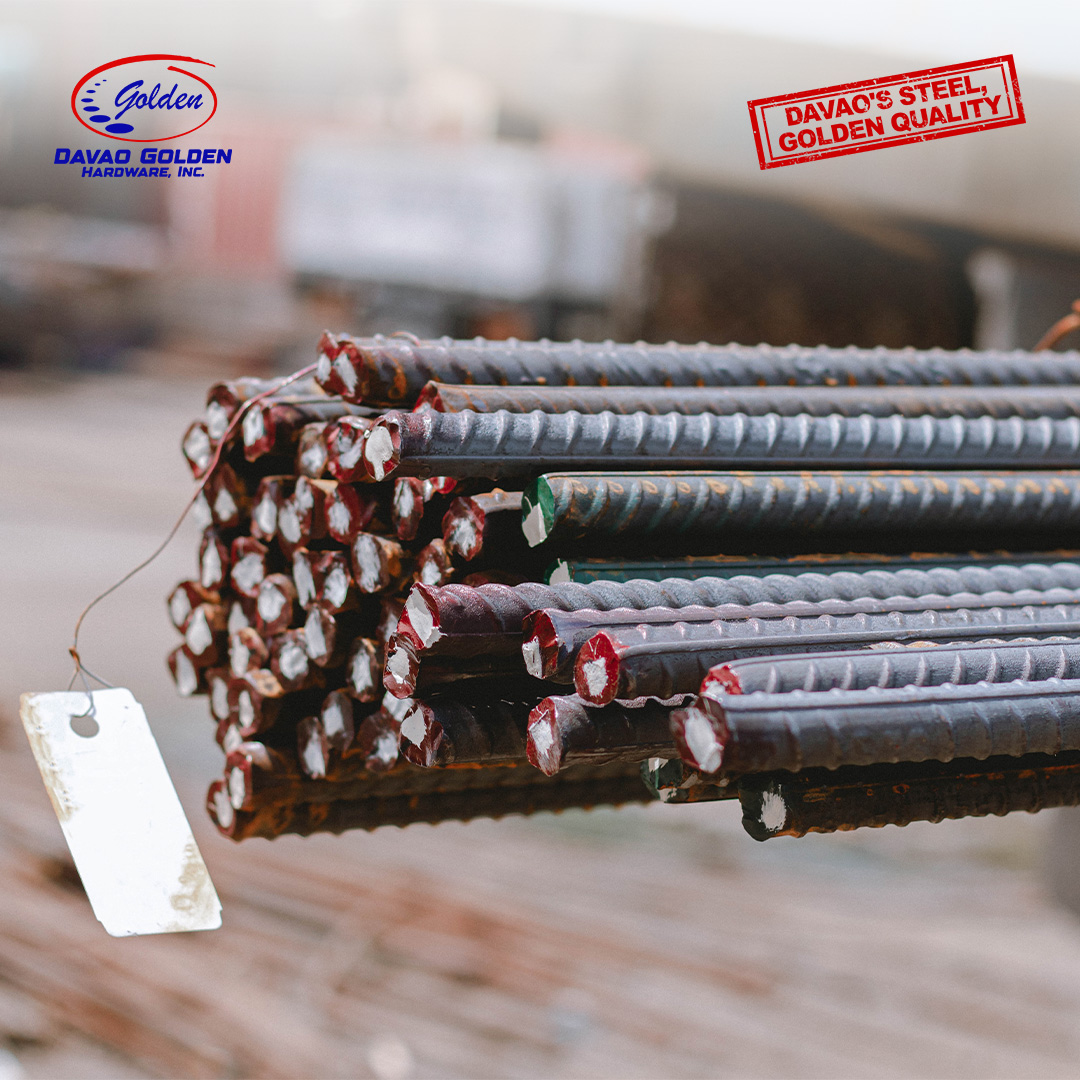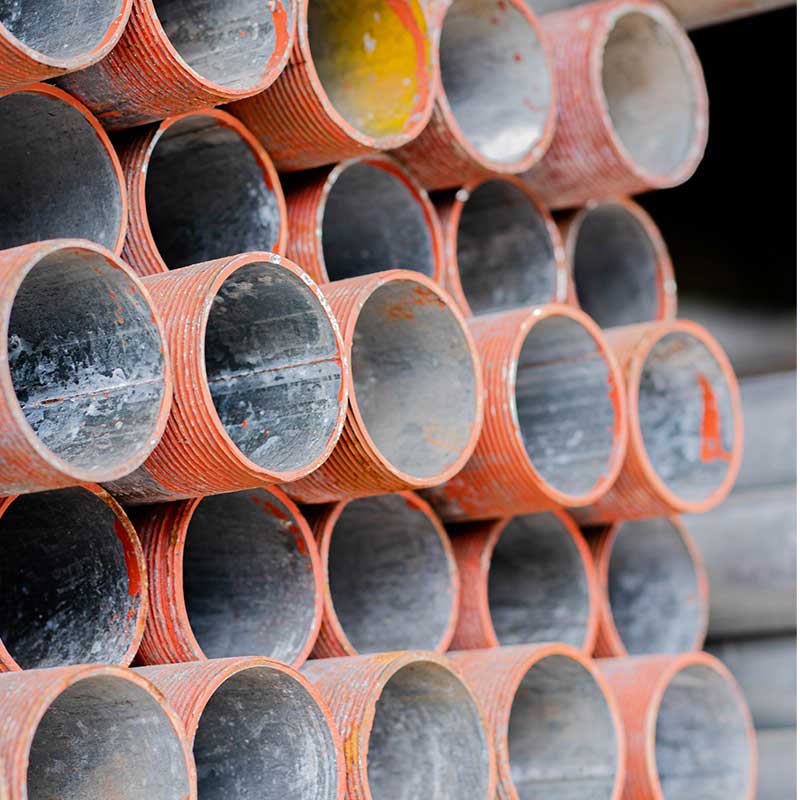
Coastal areas face increasing challenges from rising sea levels, intensifying storms, and accelerating erosion. MHZ sheet piles for coastal protection provide robust, long-lasting solutions to safeguard vulnerable shorelines and coastal infrastructure. This article explores how these advanced structural elements contribute to coastal resilience through various applications and superior performance characteristics.
Critical Coastal Protection Applications
MHZ Sheet Piles for Coastal Protection: A Sustainable Solution
According to the Department of Environment and Natural Resources (DENR), several coastal protection strategies benefit from MHZ sheet piles:
Seawall Construction
Seawalls serve as the first line of defense against coastal flooding and erosion:
- Wave Energy Dissipation: MHZ sheet piles create robust barriers that effectively absorb and redirect wave energy
- Coastal Highway Protection: Critical transportation infrastructure safeguarded from storm damage
- Community Protection: Populated coastal areas shielded from flooding and erosion
- Property Preservation: Valuable oceanfront properties secured against coastal hazards
Erosion Control Systems
Shoreline erosion threatens both natural landscapes and built environments:
- Shoreline Stabilization: Sheet pile walls prevent progressive coastline loss
- Beach Preservation: Strategic placement helps maintain recreational beaches
- Coastal Ecosystem Protection: Critical habitats preserved through erosion prevention
- Infrastructure Security: Safeguarding utilities, roads, and foundations from undermining
Storm Surge Barriers
As climate change increases storm intensity, surge protection becomes critical:
- Flood Prevention: Effective barriers against storm-driven flooding
- Overtopping Reduction: Higher walls limit wave overtopping during extreme events
- Community Safety: Protected evacuation routes and critical infrastructure
- Recovery Acceleration: Reduced damage speeds post-storm recovery
Coastal Infrastructure Support
Beyond direct protection, MHZ sheet piles support essential coastal structures:
- Port and Harbor Development: Durable foundations for maritime operations
- Marina Construction: Stable berths and docking facilities
- Waterfront Commercial Development: Support for buildings and amenities
- Pier and Jetty Foundations: Long-lasting structural elements for marine access
Superior Performance in Marine Environments
The Philippine Atmospheric, Geophysical and Astronomical Services Administration (PAGASA) notes the extreme conditions coastal structures must withstand. MHZ sheet piles excel through:
Advanced Corrosion Resistance
- Marine-Grade Steel Formulation: Specifically engineered for saltwater exposure
- Superior Coating Systems: Additional protection against aggressive marine elements
- Extended Service Life: Maintains structural integrity in corrosive environments
- Minimal Material Degradation: Resistant to saltwater-induced deterioration
Exceptional Structural Strength
- Superior Section Modulus: 1200-3600 cm³/m for excellent bending resistance
- Enhanced Moment of Inertia: 19,600-72,000 cm⁴/m for superior structural stability
- Wave Impact Resilience: Designed to withstand repeated dynamic loading
- Storm Force Management: Engineered for extreme weather conditions
Long-Term Coastal Resilience Benefits
The Philippine Reclamation Authority identifies several long-term advantages:
Extended Durability in Coastal Settings
- 50+ Years Service Life: Exceptional longevity in aggressive marine environments
- Minimal Maintenance Requirements: Reduced intervention needs over decades
- Consistent Performance: Maintained structural integrity throughout lifespan
- Weather Resilience: Designed for typhoon-prone coastal regions
Environmental Considerations
- Minimal Marine Habitat Disruption: Reduced impact on sensitive coastal ecosystems
- Sediment Control: Prevents excessive sedimentation in marine environments
- Ecosystem Stabilization: Protects adjacent natural systems from erosion damage
- Climate Adaptation Support: Infrastructure resilience for changing conditions
Implementation for Maximum Coastal Protection
For optimal results with MHZ sheet piles in coastal applications:
Site-Specific Engineering
- Detailed coastal process analysis
- Wave and current modeling
- Storm surge calculations
- Soil-structure interaction assessment
Marine Installation Expertise
- Specialized marine construction equipment
- Weather window planning
- Proper depth embedment
- Appropriate connection methods
Case Study: Successful Coastal Implementation
Manila Bay Shoreline Protection
A recent coastal protection project utilizing MHZ sheet piles demonstrated:
- Typhoon Resilience: Successfully withstood multiple storm events
- Erosion Prevention: Halted progressive shoreline loss
- Infrastructure Protection: Secured coastal roads and utilities
- Economic Benefits: Reduced maintenance and repair costs
Cost-Effectiveness in Coastal Settings
While initial investment may be higher than some alternatives, MHZ sheet piles deliver significant long-term value:
Lifetime Economic Advantages
- Reduced Maintenance Expenses: Minimal ongoing costs over decades
- Extended Replacement Intervals: Longer service life before renewal
- Disaster Recovery Savings: Less damage during extreme events
- Property Value Protection: Preserved land and infrastructure assets
Installation Efficiency
- Accelerated Construction: Faster project completion in limited weather windows
- Reduced Equipment Requirements: Streamlined installation process
- Weather Flexibility: More accommodating of variable coastal conditions
- Lower Labor Needs: More efficient installation process
Conclusion
MHZ sheet piles for coastal protection represent a superior solution for areas facing increasing threats from climate change, extreme weather, and erosion. Their exceptional marine performance, structural strength, and longevity make them the preferred choice for coastal engineers and developers seeking sustainable, resilient shoreline protection.
As coastal challenges intensify globally, investing in MHZ Sheet Piles for Coastal Protection ensures long-term security, helping communities adapt while preserving coastal environments and infrastructure.




